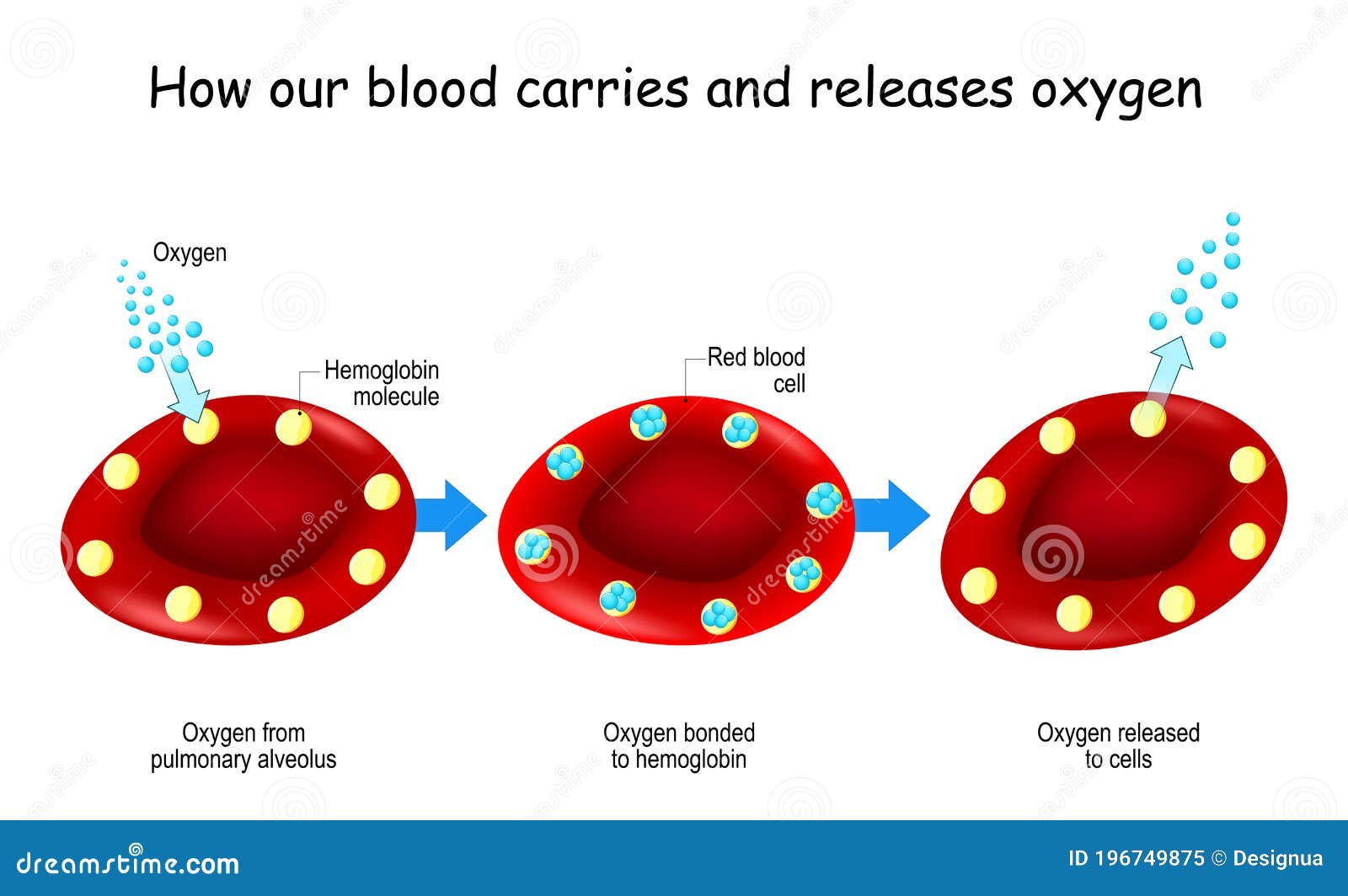Red blood cells contain hemoglobin which is what allows them to carry oxygen

Red Blood Cells and Hemoglobin: The Dynamic Duo for Oxygen Transport

Red blood cells, or erythrocytes, play a vital role in the circulatory system by efficiently delivering oxygen to different tissues and organs in our body. They owe this incredible functionality to a remarkable protein called hemoglobin, which allows them to carry oxygen. Let’s delve into the intricacies of this fascinating process and understand the importance of red blood cells in oxygen transport.
Hemoglobin, a complex molecule found within red blood cells, is responsible for binding and releasing oxygen. Each hemoglobin molecule consists of four subunits, each containing an iron ion that can bind with an oxygen molecule. This iron-ion-oxygen interaction forms a reversible bond, ensuring efficient oxygen transport.
This captivating phenomenon enables red blood cells to extract oxygen from the lungs and deliver it to various parts of the body. When the blood reaches the lungs, the high oxygen concentration prompts the hemoglobin to readily bind with oxygen molecules. This oxygen-rich hemoglobin then leaves the lungs and enters the circulatory system, preparing for its crucial mission of oxygen delivery.
During its journey throughout the body, the oxygen-carried hemoglobin encounters tissues and organs that are in dire need of oxygen for their metabolic processes. Through a process called diffusion, oxygen molecules detach from the hemoglobin and enter the surrounding tissues. This release of oxygen is facilitated by specific signals from the tissues and organs, ensuring that oxygen is delivered to the right places at the right time.

Without red blood cells and their hemoglobin, the delivery of oxygen to various parts of our body would not be possible. Hemoglobin’s ability to bind and release oxygen at the right locations ensures effective oxygenation of tissues and organs, allowing them to function optimally.
It’s worth mentioning that the functionality of our red blood cells is not limited to oxygen transport. Besides their primary role, they also play a crucial role in removing waste products like carbon dioxide from tissues and transporting them to the lungs for elimination from the body. This multifaceted nature showcases the indispensability of red blood cells for maintaining a healthy physiological environment.
In conclusion, the presence of hemoglobin within red blood cells is instrumental in enabling efficient oxygen transport throughout the body. This intricate process ensures that every tissue and organ receives the necessary oxygen for their proper functioning. Understanding the vital role of red blood cells and hemoglobin in oxygenation fosters appreciation for the remarkable complexity of our biological systems.
Source: Library of Congress
Tags
Share
Related Posts
Quick Links
Legal Stuff

